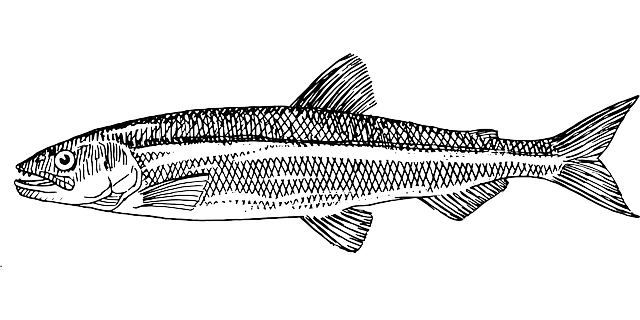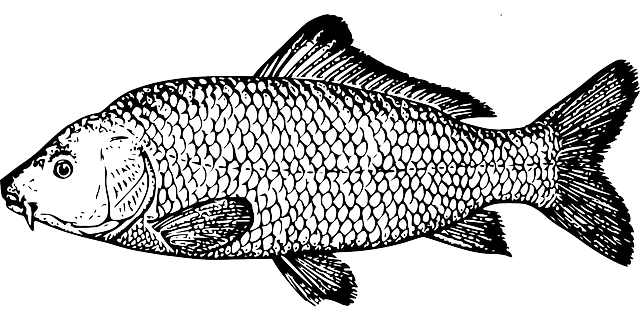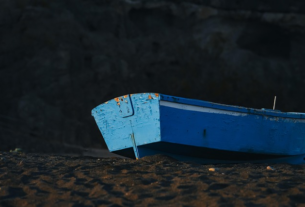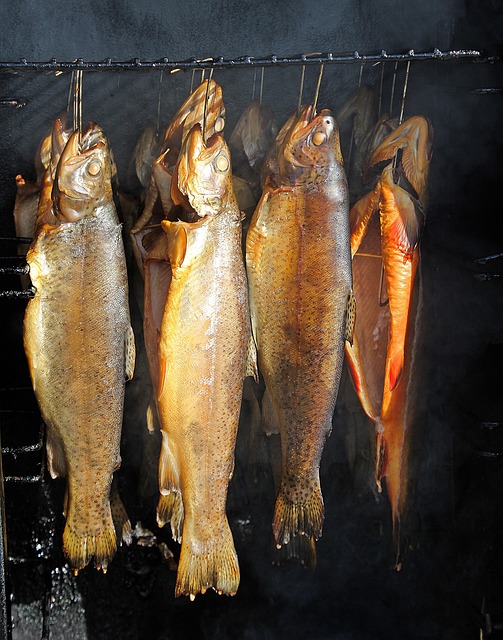To maximize your success in river trout fishing, focus on selecting appropriate gear—light to medium action rods with fluorocarbon leaders—to enhance sensitivity and avoid spooking the fish. Use lures that mimic local forage and match the current hatch of insects or baitfish to increase your catch rates. Scout for underfished areas like deeper pools, riffle edges, and backwaters where larger trout may be found. Stealth tactics, such as approaching from downstream and casting upstream, are crucial for undetected fishing. Understanding local water flow and temperature is essential for locating where trout will hold. Strategic positioning based on river conditions, adherence to local regulations, and handling fish with care are key to both enhancing your experience and ensuring the sustainability of the trout population. Additionally, be mindful of environmental cues like weather patterns and water temperature, as these factors significantly influence trout behavior and activity levels, particularly during cooler periods such as early morning and evening. Implementing these trout fishing tips will not only improve your catch but also demonstrate respect for the natural environment.
Embark on a journey to elevate your trout fishing prowess with our comprehensive guide, “Top 10 Trout Fishing Mistakes and How to Avoid Them.” This article delves into the nuances of river trout fishing, offering insightful tips and strategies that seasoned anglers use to enhance their catch. From selecting the ideal gear for the task to understanding the intricate behaviors of these elusive fish, we’ll guide you through common pitfalls and provide solutions to ensure your next outing is a success. With an emphasis on trout fishing tips tailored for river environments, learn how to avoid missteps such as overlooking water temperature or choosing inappropriate equipment. We also cover advanced techniques that will take your trout fishing skills to the next level, including streamer fishing, nymphing strategies, and mastering moving water. Whether you’re a novice looking to catch your first trout or an experienced angler aiming to refine your approach, this article is packed with practical advice to help you navigate the river, connect with trout, and responsibly handle your catch, all while adhering to local regulations and preserving fish populations. Dive into the world of river trout fishing and transform your angling experience with our expert guidance.
- Identifying Common Trout Fishing Mistakes and Strategies to Evade Them
- 1.1. Overlooking Water Temperature: Choose the Right Time for River Trout Fishing
Identifying Common Trout Fishing Mistakes and Strategies to Evade Them
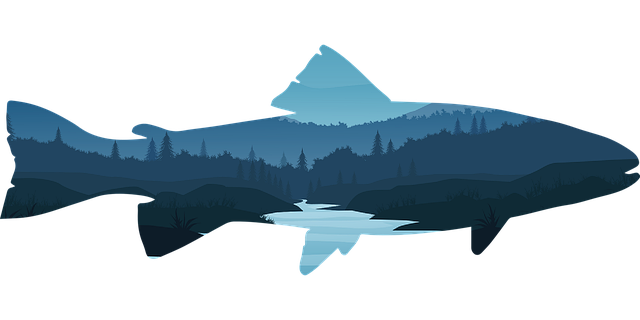
When it comes to trout fishing, both novice and experienced anglers alike can fall into common pitfalls that hinder their success. One prevalent mistake is choosing the wrong gear. Using line that’s too heavy or a lure that’s out of sync with the local trout’s preferences can spook these wary fish. To evade this, opt for a light to medium action rod paired with fluorocarbon leader for clarity and sensitivity. Additionally, selecting a lure that mimics the natural forage in the river you’re fishing can significantly increase your catch rate. Trout fishing tips suggest matching the hatch, meaning using flies or lures that resemble the insects or baitfish present at that time.
Another common oversight is overlooked water. Anglers often concentrate on high-traffic spots, which can be picked over and pressured. To avoid this, explore less frequented areas of the river, such as deeper pools, riffle edges, or even slow-moving backwaters. These habitats are often home to larger, more elusive trout that are less accustomed to human presence. River trout fishing success also depends on understanding water flow and temperature, as these factors influence where trout will hold. Utilize the element of stealth by approaching from downstream and casting upstream to avoid detection. By combining the right gear with strategic placement and considering the specific conditions of your river, you’ll be well on your way to catching more trout and enhancing your fishing experience. Remember to respect the local regulations and handle any trout you catch with care to ensure their survival and preservation for future anglers.
1.1. Overlooking Water Temperature: Choose the Right Time for River Trout Fishing

When targeting river trout, understanding the significance of water temperature is crucial for successful trout fishing. Trout are cold-blooded creatures, meaning their metabolism and activity levels are directly influenced by the surrounding water temperature. To increase your chances of catching river trout, aim to fish during cooler periods, typically early in the morning or later in the evening when temperatures are lower. During these times, trout are more active, and insects, which make up a significant part of their diet, are also more abundant. Avoid fishing during peak daytime hours when the water is warmest, as this can lead to stressed fish and reduced success rates. Additionally, seasonal changes play a role; spring and fall offer ideal conditions for trout fishing as the water temperatures are more stable and comfortable for the fish. By paying close attention to the temperature and adjusting your fishing schedule accordingly, you’ll be better equipped to capitalize on prime trout fishing opportunities.
Another often-overlooked aspect of river trout fishing is the impact of weather patterns on water temperature. Extreme weather conditions can drastically alter the temperature of the water, affecting trout behavior and location. For instance, a sudden heatwave can push trout into deeper, cooler waters, while cold fronts can bring them closer to the surface. Keeping an eye on the weather forecast and adjusting your plans is one of the key trout fishing tips that can make all the difference between an unproductive outing and a successful catch. Always be prepared to adapt your strategy based on real-time environmental conditions, and remember that patience is often rewarded when river trout fishing, especially considering the delicate balance of water temperature and trout activity.
anglers can significantly enhance their trout fishing experiences by steering clear of frequent pitfalls. This article has highlighted the Top 10 Trout Fishing Mistakes and provided effective strategies to avoid them. By understanding factors such as water temperature, selecting appropriate gear, mastering presentation techniques, and respecting local regulations, even novices can improve their success rate in river trout fishing. Implementing these trout fishing tips will not only increase your chances of catching more trout but also enrich the angling experience. Remember, patience and observation are key; with practice and knowledge, you’ll develop a keen sense for what works best in different situations. Happy angling!
